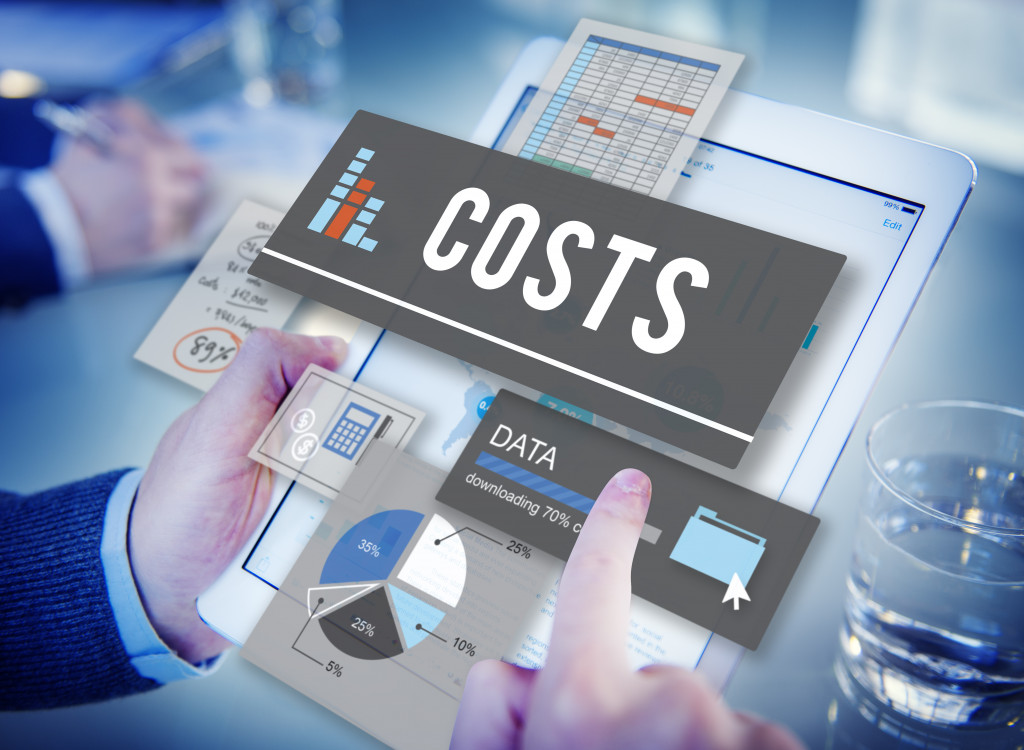An entrepreneur usually requires significant capital because of all the assets to procure for business operations. With everything relying on funding, it can be challenging to run a business when your business capital is lacking. With every asset getting more expensive to acquire, another strategy is becoming increasingly popular: borrowing.
Borrowing, renting, or leasing business assets has been around for centuries. However, with the current state of the economy, this option is becoming more attractive to business owners. Here are some advantages of borrowing assets for your business:
- You can save on costs: When you borrow an asset, you only have to pay for its use. This is unlike buying, where you shoulder the entire item cost. In some cases, you may even be able to negotiate for a lower rate.
- You can get the latest models: Technology changes rapidly, and equipment quickly becomes outdated. You can always have the latest models when you lease or borrow equipment, increasing productivity.
- You can free up capital: By borrowing assets instead of buying them outright, you can free up working capital that can be used for other purposes such as marketing or inventory.
- You can reduce risks: When you borrow an asset, you only have to pay for its use. This is unlike buying, where you shoulder the entire item cost. In some cases, you may even be able to negotiate for a lower rate.
The first step is to identify the asset you need for your business. It could be anything from office space and equipment to inventory and marketing materials. Here is a quick guide for the business assets you can borrow.
Capital
The importance of financial capital for businesses can’t be overemphasized. It is the lifeblood of any company and is necessary to grow and thrive. Economic prosperity can be obtained through various methods, including business loans and investors.
Business loans are one of the most common ways businesses obtain funding. The loan application process can be lengthy, but many lenders are willing to provide financing to small businesses. The loan terms will vary depending on the lender, but most loans have a fixed interest rate and a set repayment schedule.
Investors are another source of financial capital for businesses. Investors provide funding in exchange for a percentage of the company ownership or a seat on the board of directors. This can be an excellent option for businesses with solid plans and looking for more than short-term funding.
Financial capital is essential for businesses to grow and succeed. By borrowing assets through business loans and investors, companies can get the resources they need to expand and create jobs.
People
Employees are the backbone of any business. They are directly involved in the core business operations and are responsible for generating revenue and profits. Therefore, hiring qualified people who can contribute to the company’s success is essential.
However, businesses can reduce costs by outsourcing some of their operations to third-party service providers. Those departments include functions such as accounting, customer service, and HR. By outsourcing these activities, businesses can save on labor costs and improve efficiency.

Outsourcing also helps businesses stay competitive in today’s global economy. By sourcing services from foreign companies, businesses can take advantage of lower labor costs and improve their bottom line.
Hiring employees is essential for any business, but outsourcing can be a viable strategy for reducing costs. By outsourcing activities such as accounting and customer service, companies can improve efficiency and stay competitive.
Equipment
Business equipment can be expensive, but leasing can help you save costs. Leasing allows businesses to have the latest equipment models and frees up working capital that can be used for other purposes. In addition, leasing can help companies to reduce their risks, as they only have to pay for the use of the equipment rather than the entire cost.
Does it mean you can do it for every computer and office equipment? While many companies offer those, you must consider that buying is better for the long-term assets your company will use. Those tools you think as short-term needs might be better off getting leased.
Most construction-related equipment falls under this scenario, which is why it is common to see leasing and renting systems in the construction industry. The Genie scissor lift is one of those items which many businesses prefer to lease instead of buy. The equipment is crucial for most construction tasks, but it can be expensive, especially when you only have to use it for a couple of months.
Leasing business equipment is a great way to save on costs. By leasing, businesses can have the latest models and only pay for the use of the equipment. This can help companies reduce risks and free up working capital for other purposes.
Conclusion
Borrowing is a crucial part of business growth. Through borrowing, businesses can acquire the assets they need to expand and succeed. Business loans and investors are two familiar sources of financial capital for businesses. Companies can reduce costs and improve efficiency by hiring employees and outsourcing operations. Lastly, leasing equipment is a great way to save on costs while still having access to the latest models.

